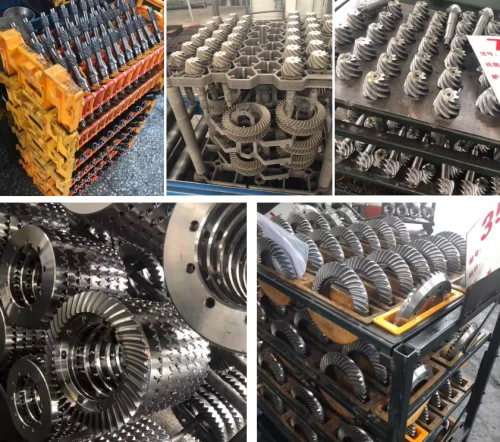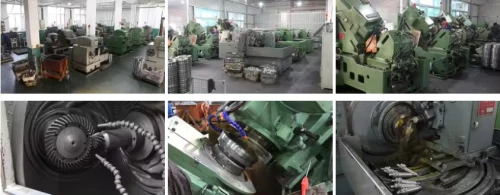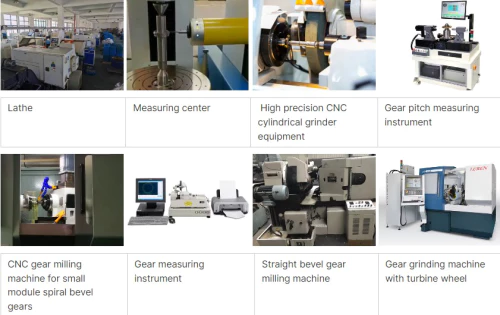Forging Bevel Gear Surface Treatment Methods
Introduction
Forging bevel gears are a type of bevel gears that are manufactured through the forging process. Forging involves shaping metal through the application of localized compressive forces, typically using a die or hammer. In the case of bevel gears, the forging process is used to form the gear teeth and create the desired gear geometry.
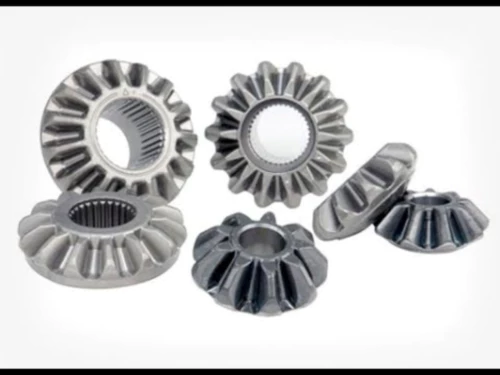
Advantages
- High Strength: Forged bevel gears exhibit high strength due to the grain flow and improved metallurgical properties resulting from the forging process.
- Improved Fatigue Resistance: The forging process enhances the fatigue resistance of bevel gears, making them suitable for high-load and high-cycle applications.
- Precise Gear Tooth Geometry: Forging allows for the precise control of gear tooth geometry, ensuring accurate and smooth gear engagement.
- Cost-Effectiveness: The mass production capabilities of forging make it a cost-effective method for manufacturing bevel gears.
- Versatility in Material Selection: Forging bevel gears can be produced from various materials, including alloy steels, stainless steels, and non-ferrous alloys, providing versatility in material selection.
- Enhanced Structural Integrity: The forging process improves the structural integrity of bevel gears, resulting in better performance and durability.
- Tailored Mechanical Properties: By controlling the forging process parameters, the mechanical properties of bevel gears can be tailored to meet specific application requirements.
- Reduced Lead Time: Forging allows for quick production turnaround, reducing lead time compared to other manufacturing methods.
- Environmental Sustainability: The forging process generates less waste compared to other manufacturing processes, making it an environmentally sustainable option.
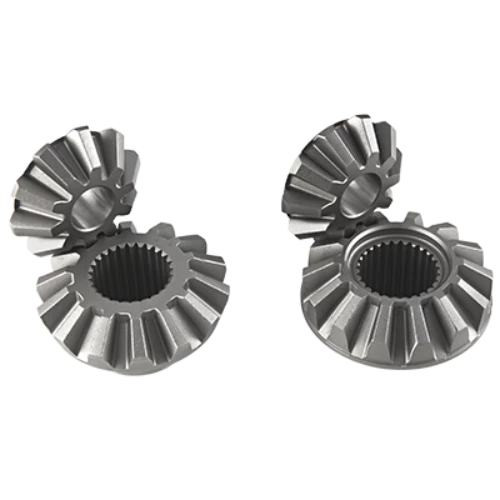
Working Principles
Forging bevel gears operate based on the fundamental principles of gear mechanisms. They consist of two intersecting shafts, each with a conically shaped gear (bevel gear) mounted on it. The teeth of the bevel gears are designed to have a specific tooth profile, such as straight, spiral, or hypoid, depending on the application requirements.
When the input shaft rotates, the engagement of the teeth of the bevel gears causes a transfer of rotational motion and torque to the output shaft. The contact between the mating teeth ensures power transmission while maintaining proper alignment and smooth operation.
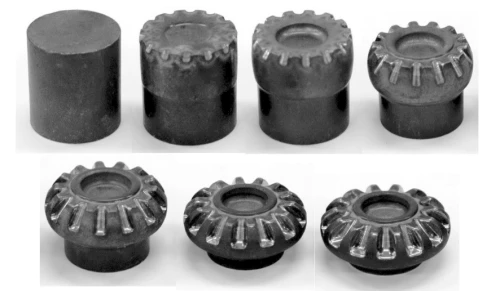
Applications
- Automotive Industry: Forging bevel gears are widely used in automotive differential systems, steering systems, and transmission systems.
- Industrial Machinery: They are utilized in various industrial machinery, such as machine tools, printing presses, and packaging equipment.
- Aerospace and Defense: Forging bevel gears play a critical role in aerospace and defense applications, including aircraft engines, rotorcraft transmissions, and military vehicles.
- Renewable Energy: They are employed in wind turbines, solar trackers, and hydroelectric power systems to convert rotational motion and transmit power.
- Marine and Shipbuilding: Forging bevel gears are essential in marine propulsion systems and shipbuilding applications.
- Agricultural Machinery: They are used in agricultural machinery, such as tractors and harvesters, for power transmission and control.
- Power Generation: Forging bevel gears are utilized in power generation equipment, including turbines, generators, and hydropower systems.
- Robotics and Automation: They play a vital role in robotics and automation systems, enabling precise motion control and power transmission.
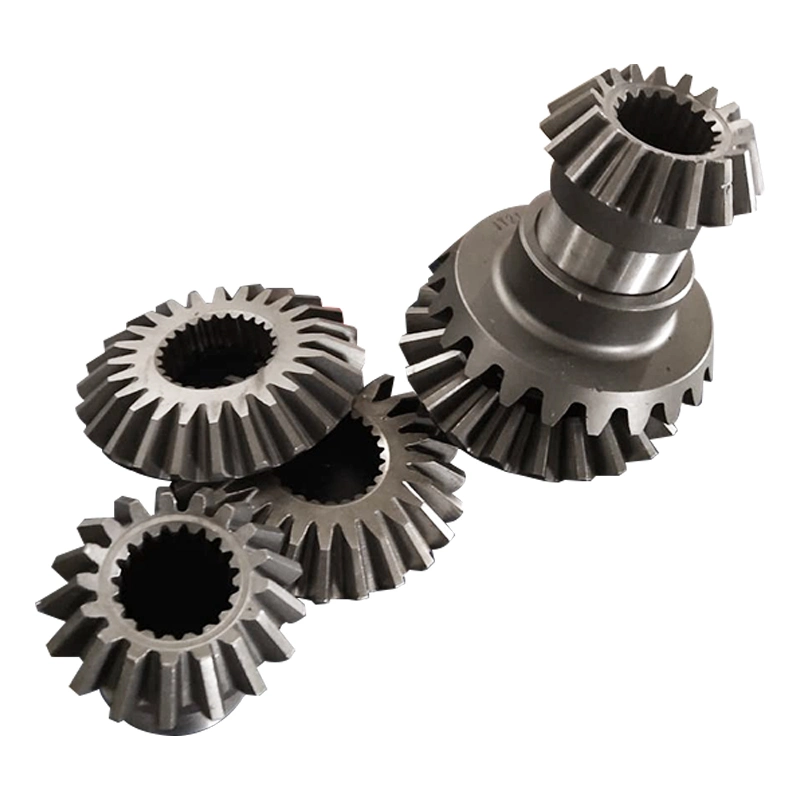
Installation and Maintenance
Installation:
- Proper Alignment
- Lubrication
- Mounting Bolts
- Inspection
Maintenance:
- Lubrication
- Cleaning
- Inspection
- Replacements
- Gearbox Maintenance
- Load Monitoring
- Training and Expertise
- Record-Keeping
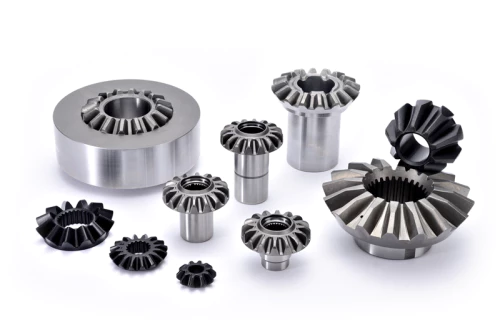
How to Select the Right Forging Bevel Gear
- Application Requirements
- Design and Specifications
- Material Selection
- Quality and Reliability
- Load-Carrying Capacity
- Efficiency and Performance
- Customization and Adaptability
- Cost Considerations
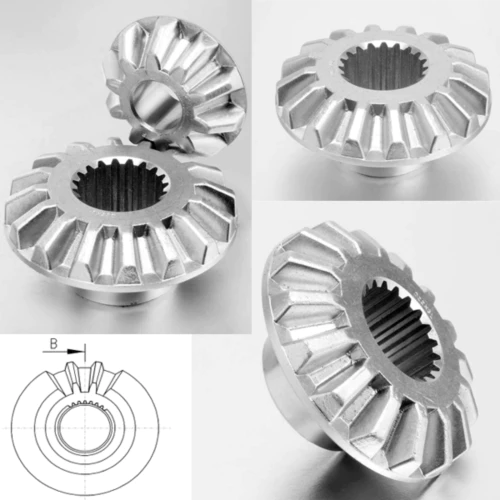
About Shaoxing Chaoli
Shaoxing Chaoli is a professional manufacturer of gears in China. Our products are exported to different countries such as Spain, the Netherlands, the United States, South Korea, Turkey, and Russia. We aim to help customers develop new products and solve technical and quality problems. We provide high-quality products, fair prices, and perfect services. Our principles are quality first, timely delivery, and credit first. We sincerely welcome friends from the business community to cooperate with us to develop together and create brilliance.
Shaoxing Chaoli offers a wide range of gear products, including worm gears, spiral bevel gears, helical gears, spur gears, plastic gears, and metric gear racks. We also provide customized products to meet specific requirements.
Shaoxing Chaoli has a strong presence in the industry with hundreds of employees, including many engineers. With fixed assets of 20 million yuan and an annual output value of 50 million yuan, we have a complete set of strict quality management systems and advanced precision measuring instruments. We are committed to delivering competitive products and services to our customers.
